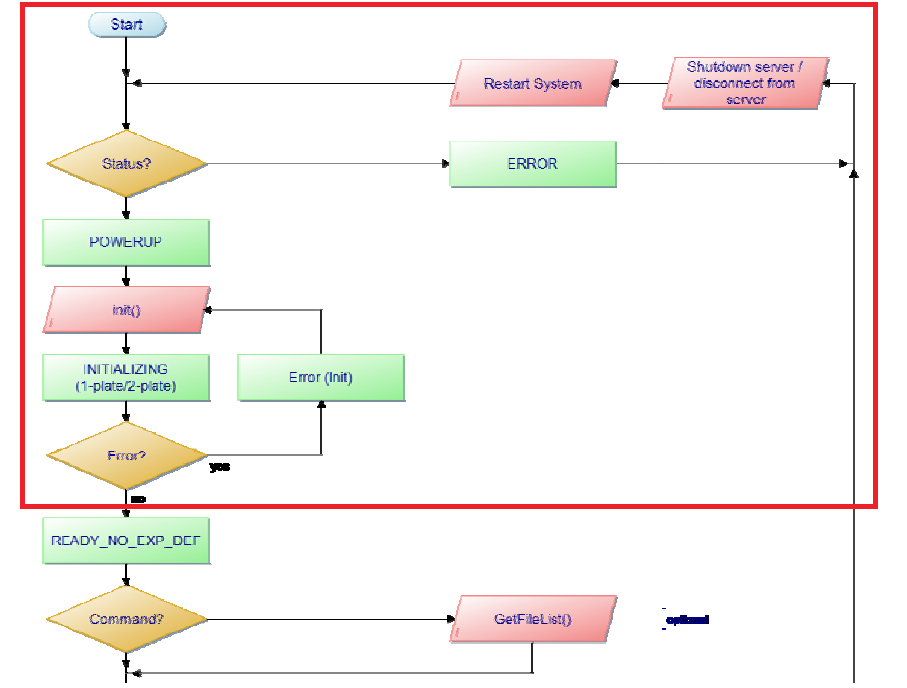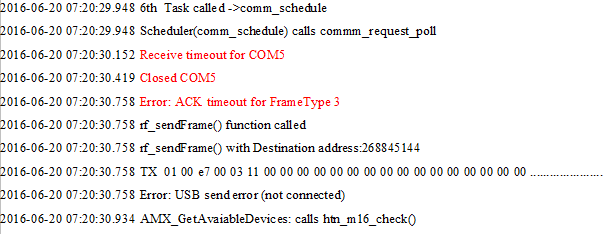Brief summary
- Migration of software applications from Visual Studio 2008 to Visual Studio 2015.
- Elimination of various compiler warnings found in different software components.
- Enhancement of the software application by adding log messages for improved diagnostic capabilities.
- Identification of the fault through the utilization of an existing flowchart, specifically focusing on isolating it to the initialization phase of a device.

- USB driver analysis, including the search for blocking calls such as deadlocks.
- Analysis of the frames sent over the interface at the byte level, including frame decoding.
- Firmware analysis of the medical devices.
- Development of an application for automatic brute forcing of the initialization phase and for generating log and statistic messages.



- Firmware analysis of the medical devices
- Development of an application for automatic brute forcing of the initialization phase and for generating log and statistic messages



